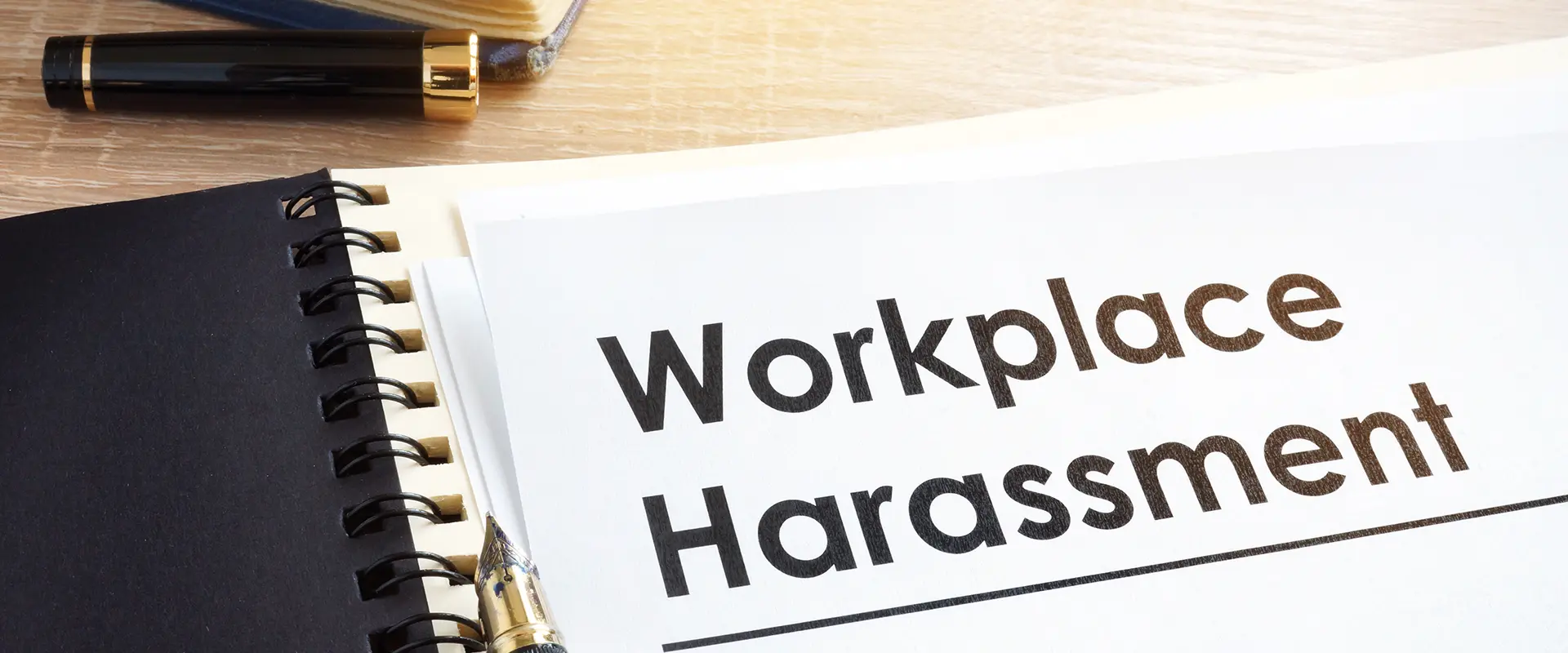
Sexual and gender-based harassment still pervades the workplace today. Research finds that experiencing this mistreatment results in a host of negative outcomes for the targets of this behavior. However, less research has explored ambient sexual harassment, which occurs when bystanders overhear or observe harassment directed toward someone else.
New research from Allison Gabriel, the Thomas J. Howatt Chair in Management at Purdue’s Mitch Daniels School of Business and director of the university’s Center for Working Well, explores how witnessing sexual harassment can invoke feelings of fear and anger. In turn, this can influence employees’ willingness to speak up, bring up a concern or offer a suggestion.
The paper, “Who Speaks Up When Harassment is in the Air? A Within-Person Investigation of Ambient Harassment and Voice Behavior at Work,” was published in the Journal of Applied Psychology and coauthored by Nitya Chawla from the University of Minnesota Carlson School of Management, Christopher C. Rosen from the University of Arkansas Walton College of Business, Young E. Lee from the Florida State University School of Business, Joel Koopman from Texas A&M University’s Mays Business School, and Elena M. Wong from University of Arizona’s Eller College of Management. Chawla and Rosen are also affiliates of Purdue’s Center for Working Well.
In an initial experimental study, the researchers found that simply exposing participants to hypothetical ambient harassment was enough to elicit feelings of fear and anger, with anger then contributing to intentions to report the perpetrating individual. It presented scenarios where coworkers were making disparaging comments about a new female hire (compared to a neutral condition). Results indicated that having participants imagine experiencing this type of ambient harassment created feelings of fear and anger. The researchers also found that anger led to intentions to report the fictitious incident to HR.
To examine ambient harassment in a real-world setting, the researchers then conducted an experience sampling study, surveying employees’ experiences of ambient harassment and their emotions three times a day for two weeks. As in the experimental study, ambient harassment was linked to higher levels of fear and anger in employees. Further analyses revealed divergent behavioral consequences associated with each emotion. While anger was related to engaging in more voice behaviors aimed towards pointing out possible problems within the workplace, fear undermined these voice behaviors.
Somewhat surprisingly, men reacted more negatively than women to ambient harassment, feeling greater fear and anger in response to witnessing harassment at work—this, in turn, contributed to their likelihood to speak up. Indeed, men were more likely to raise concerns about problems in the workplace when they experienced anger, but less so with the experience of fear. Further, these detrimental emotional and behavioral effects were exacerbated for employees working in organizations perceived as more tolerant of sexual harassment (i.e., organizations in which harassment tends to go unchecked and perpetrators are not held accountable for their behavior). Women in these organizational contexts, in particular, felt heightened levels of fear and were less likely to speak up.
Though not directly targeted, the research indicates that ambient harassment has a subtle but pernicious effect on employees and workplace culture. How can organizations and individuals help counteract these harmful repercussions? Organizations clearly need to implement more training, enforce anti-harassment policies, and encourage speaking up against offensive comments. Role modeling respectful behavior throughout the organizational hierarchy is equally essential.
Individual bystanders to ambient harassment should also reflect on ways they may be able to voice opposition constructively, within their comfort zone. Simply not laughing at a joke or remarking directly to the harasser about the inappropriateness of slurs, without accusations, may help diminish future occurrences.
The research also suggests that organizations should examine the extent to which they tolerate sexual harassment in the workplace. Taking claims seriously and making statements that harassment is not tolerated could create a positive culture of support for their employees. Further, since men had strong reactions to witnessing harassment, interventions could target how to channel those emotions into being effective allies to women. Lastly, the results highlight that women are more likely to speak up when they perceive their organizations as supportive, thus, it is crucial to believe women and make them feel like they can come forward if they have witnessed harassment.